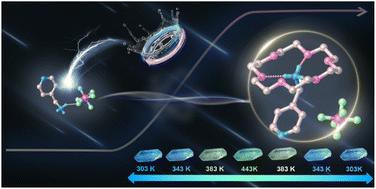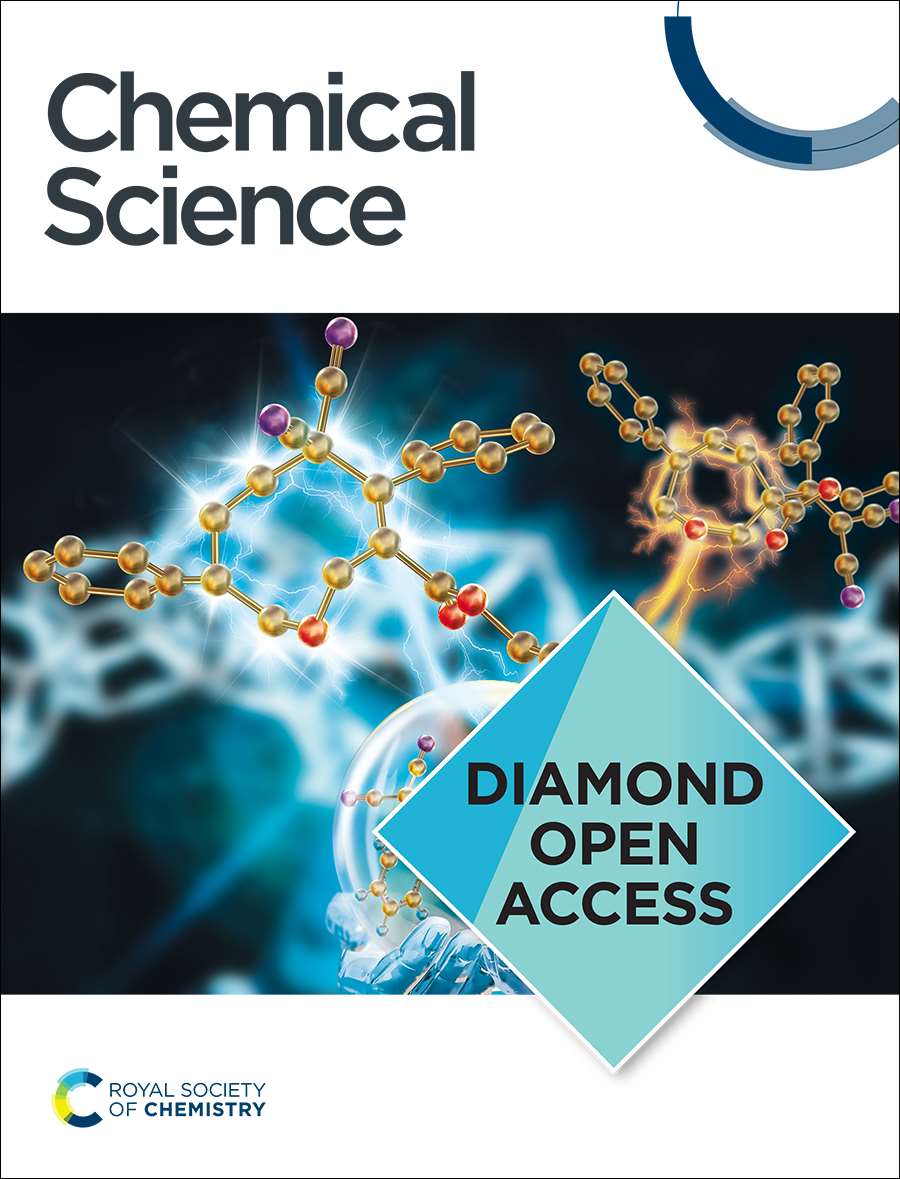Thermal-responsive luminescence/dielectric responses with reversibly shifted light emissions
IF 7.6
1区 化学
Q1 CHEMISTRY, MULTIDISCIPLINARY
引用次数: 0
Abstract
Molecular-rotor-type crystals dominated by crown ethers have garnered significant attention for their applications in sensing, optoelectronics, information encryption and other diverse fields. However, the role of crown ethers in regulating photoluminescent properties has long been overlooked in such structural systems. Here, by inserting 18-crown-6 molecules into the ionic crystal (4-pyridinemethaneaminum)PF6 (PP-1), we constructed a molecular-rotor-type crystal [(4-pyridinemethaneaminum)(18-crown-6)][PF6] (PCP-1), exhibiting sensitively thermal-driven, unusual PL/dielectric responses. Notably, the introduction of the 18-crown-6 molecule changed the dynamic thermal motion and exerted a confinement effect through rich hydrogen bonding interactions, thereby inducing structural phase transitions and modulating energy transfer processes. These not only brought about switchable dielectric responses but also resulted in a comprehensive improvement of PL properties, encompassing extended lifetime, doubled quantum yield and temperature-controllable luminescent color. This study offers novel insights into the role of crown ethers in developing smart luminescent materials, holding promising prospects for intelligent recognition and information encryption.

求助全文
约1分钟内获得全文
求助全文
来源期刊

Chemical Science
CHEMISTRY, MULTIDISCIPLINARY-
CiteScore
14.40
自引率
4.80%
发文量
1352
审稿时长
2.1 months
期刊介绍:
Chemical Science is a journal that encompasses various disciplines within the chemical sciences. Its scope includes publishing ground-breaking research with significant implications for its respective field, as well as appealing to a wider audience in related areas. To be considered for publication, articles must showcase innovative and original advances in their field of study and be presented in a manner that is understandable to scientists from diverse backgrounds. However, the journal generally does not publish highly specialized research.
 求助内容:
求助内容: 应助结果提醒方式:
应助结果提醒方式:


